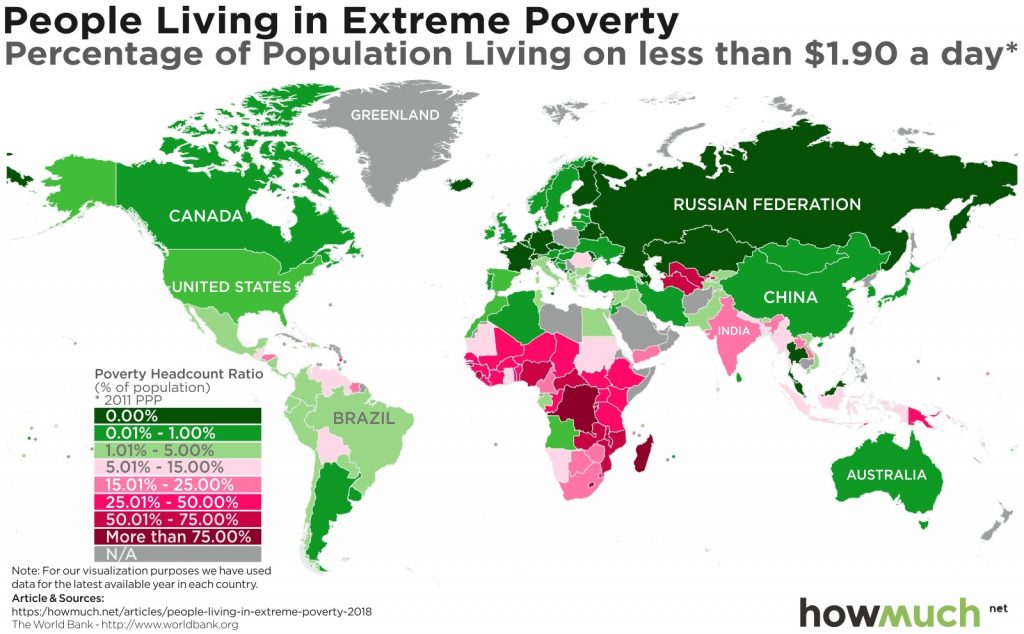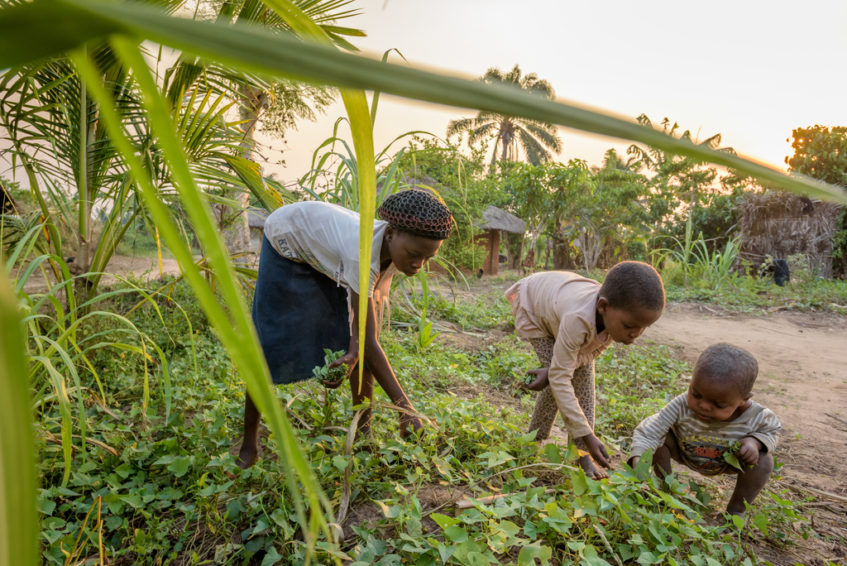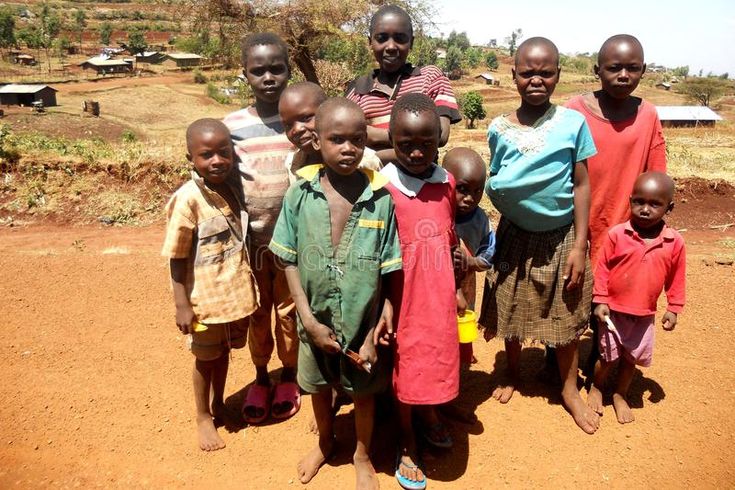- Nearly 22,000 children die each day due to living in poverty.
- There are 2.2 billion children in the world, and 1 billion of them live in poverty.
- A third of all poor in developing countries are children aged zero to 12.
- Global poverty has decreased by half over the last decade; however, 71 percent of the population still live in low-income or poor ($10 a day) conditions.
- The average income of extreme poverty in the developing world rose from 74 cents to 87 cents per day from 1981 to 2010.

- A quarter of humanity, 1.6 billion people, lives without electricity.
- Nearly 2.8 billion people rely on wood chips, crop waste or animal dung for cooking and heating their homes.
- In 2011, about 800 children under the age of five died every hour.
- Those children could have survived via simple affordable interventions, such as clean drinking water or vaccinations.
- According to an Oxfam report, if the world’s 100 richest people pooled their collective earnings in 2012, they could have ended extreme world poverty four times over.

- Eight in 10 Americans were completely unaware that global poverty was decreasing in recent decades. More than two-thirds of the American population thought global poverty had been rising in recent decades.
- One frappuccino at Starbucks costs more than the median income for people in the developing world ($3 a day).
- For every $25 spent on repaying debt only $1 goes to aiding a developing country.
- Approximately 790 million people in developing countries, two-thirds of whom live in Asia and the Pacific, suffer from chronic undernourishment.
- Five countries house three-fifths of the world’s extreme poor: Bangladesh, China, the Democratic Republic of the Congo, India and Nigeria.

- About 30 percent of the world’s extremely poor live in India.
- The 12 percent of the world that uses 85 percent of Earth’s water do not live in a developing country.
- Some 54 percent of Americans are considered to be living below the poverty line.
- The Global Multidimensional Poverty Index (MPI), released in 2014, has been praised for being the “most accurate reflection of the world’s poor” by including quality of life indicators.
- By maintaining the current rate of progress, poverty should reach its target eradication around 2025-2030.
